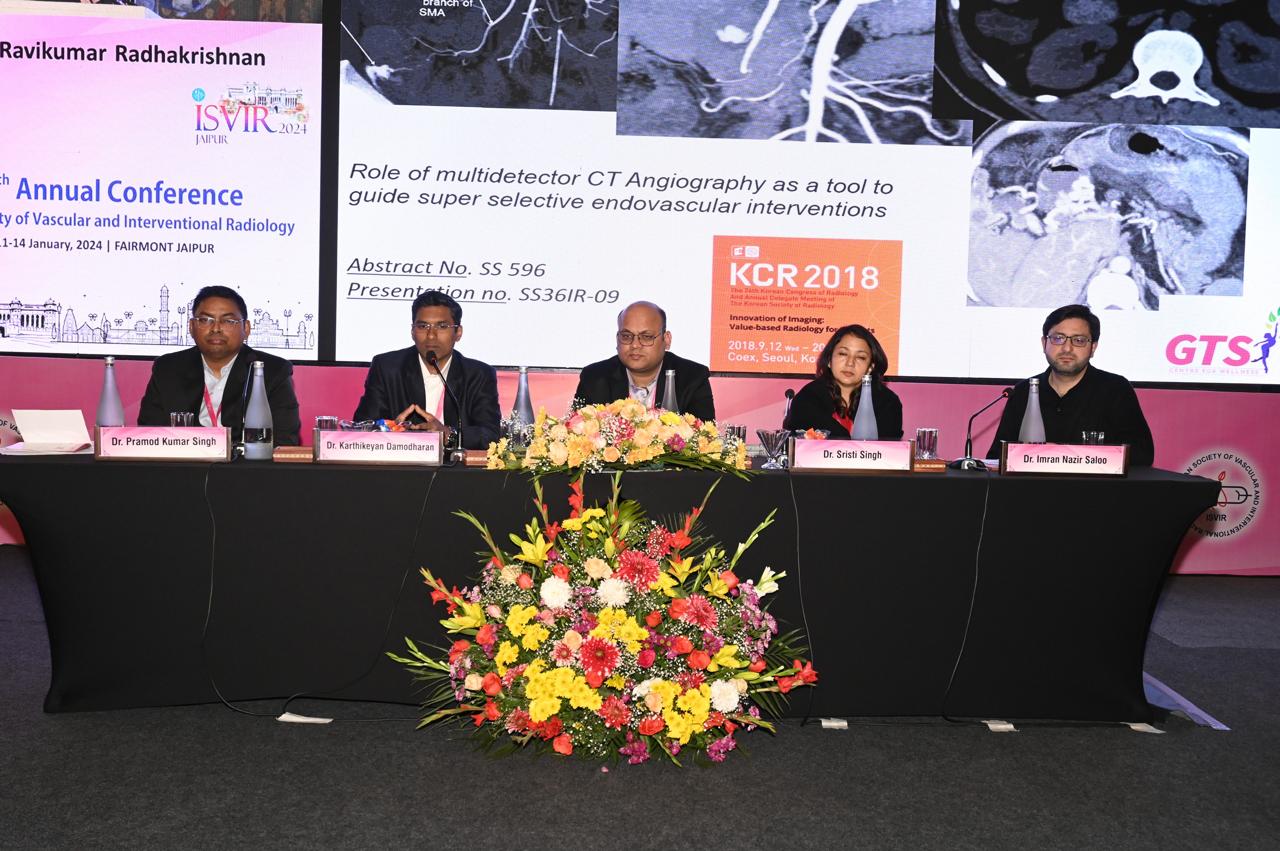Pain Management: An Overview
Pain Management is a multidisciplinary approach to diagnosing, treating, and managing acute and chronic pain conditions. It involves minimally invasive procedures, medications, physical therapy, and lifestyle modifications to improve the quality of life for patients suffering from pain. Interventional radiology plays a crucial role in pain management by providing targeted, image-guided treatments.
Pain Management Treatments:
1. Nerve Blocks:
- Purpose: To interrupt pain signals from specific nerves.
- Common Procedures:
- Facet Joint Injections: For back and neck pain.
- Sciatic Nerve Block: For leg pain.
- Stellate Ganglion Block: For facial and upper limb pain.
- Celiac Plexus Block: For abdominal pain, especially in pancreatic cancer.
2. Epidural Steroid Injections:
- Purpose: To reduce inflammation and pain in the spine.
- Applications: Used for conditions like sciatica, herniated discs, and spinal stenosis.
3. Radiofrequency Ablation (RFA):
- Purpose: Uses heat to destroy nerve fibers carrying pain signals.
- Applications: Effective for chronic back, neck, and joint pain.
4. Vertebroplasty & Kyphoplasty:
- Purpose: Minimally invasive procedures to stabilize vertebral fractures and reduce pain.
- Applications: Particularly for patients with osteoporosis-related fractures.
5. Spinal Cord Stimulation:
- Purpose: An implantable device that sends electrical signals to the spinal cord to reduce pain perception.
- Applications: For chronic pain that hasn’t responded to other treatments.
6. Joint Injections:
- Purpose: To provide relief from joint pain using steroids or hyaluronic acid.
- Common Joints Treated: Knee, hip, shoulder, and facet joints of the spine.
7. Trigger Point Injections:
- Purpose: To treat painful muscle areas known as trigger points.
- Process: Involves injecting a local anesthetic, sometimes with steroids, directly into the trigger point.
8. Cryoablation:
- Purpose: Freezes damaged nerves to block pain signals.
- Applications: Often used for chronic pain management and in cancer-related pain.
9. Intrathecal Pump Implantation:
- Purpose: Delivers medication directly into the spinal fluid for severe pain.
- Applications: Ideal for chronic pain and cancer pain when oral medications are not effective.
Conditions Treated with Pain Management:
- Chronic Back and Neck Pain
- Herniated Discs
- Sciatica
- Arthritis Pain
- Cancer Pain
- Neuropathic Pain
- Post-Surgical Pain
- Complex Regional Pain Syndrome (CRPS)





